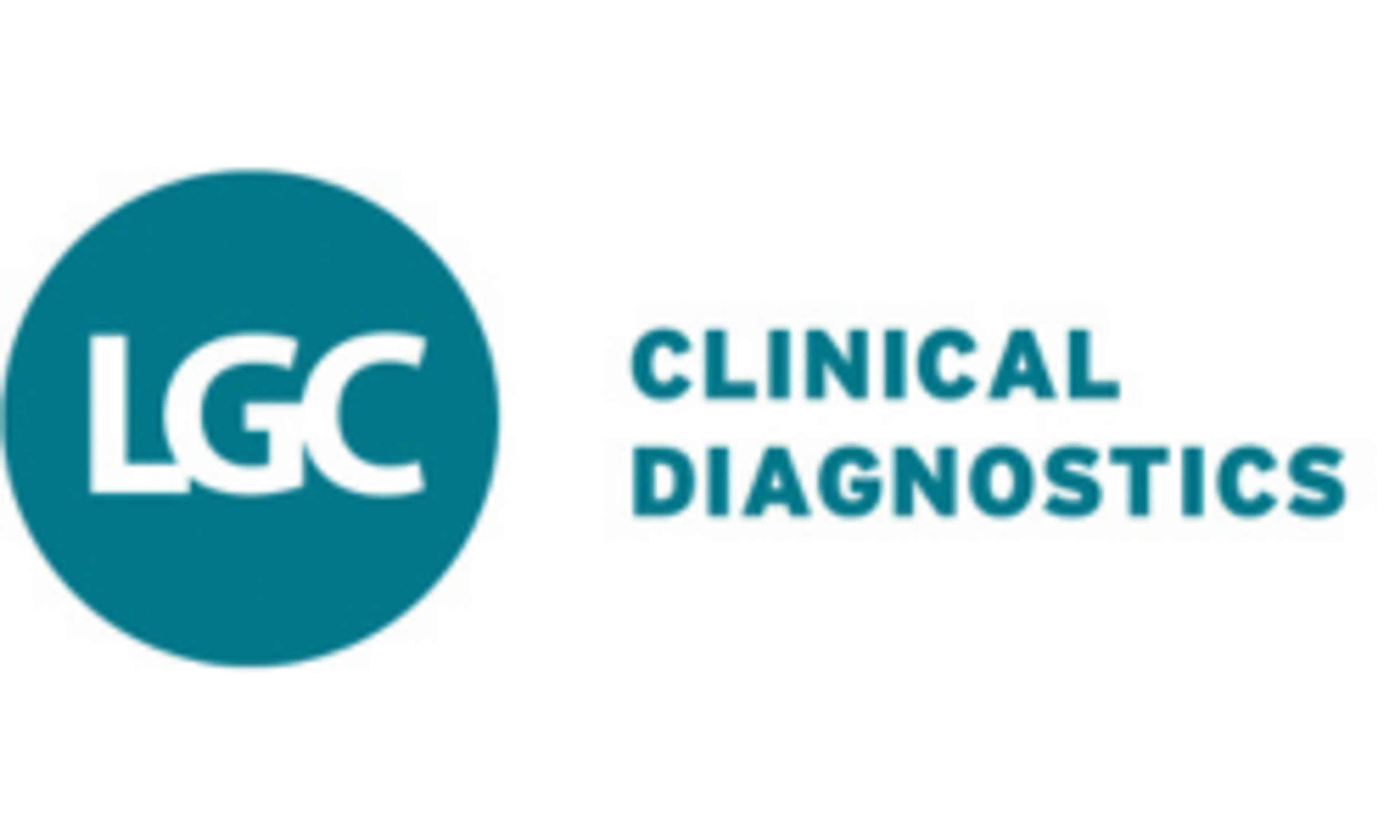
Troubleshooting with Quality Control Data in Medical Laboratories for Beginners
Troubleshooting involves systematically addressing issues with patient samples, instruments, analyzers, reagents, and quality control material. The process begins with gathering information about the incident, such as instrument behavior or missing functions, along with symptoms and conditions to reproduce the issue.
Next, unnecessary components are removed to identify the cause, ruling out incompatibilities and external factors. Persistent issues are then examined based on the situation and examiner's experience, consulting documentation, supporting databases, and search engines if needed. A structured approach, like the split-half method, tests system components in halves to quickly narrow down the problem. Once identified, the issue is repaired or components adjusted/replaced, confirmed by the problem's resolution.
Success relies on the troubleshooter's thoroughness and experience, often requiring colleague or hotline assistance. This webinar focuses on solving analytical phase problems in medical laboratories using effective quality control procedures.
Key learning objectives
- Identify and diagnose errors in the analytical process
- Describe the effective use of quality control materials
- Explain how to avoid reporting erroneous patient results and contribute to patient safety
Who should attend?
Lab Directors, Medical laboratory technicians, Quality Manager, personnel dealing with medical laboratory processes – basic knowledge of quality control procedures are required.
Certificate of attendance
All webinar participants can request a certificate of attendance, including a learning outcomes summary, for continuing education purposes.
Speakers

Moderator

